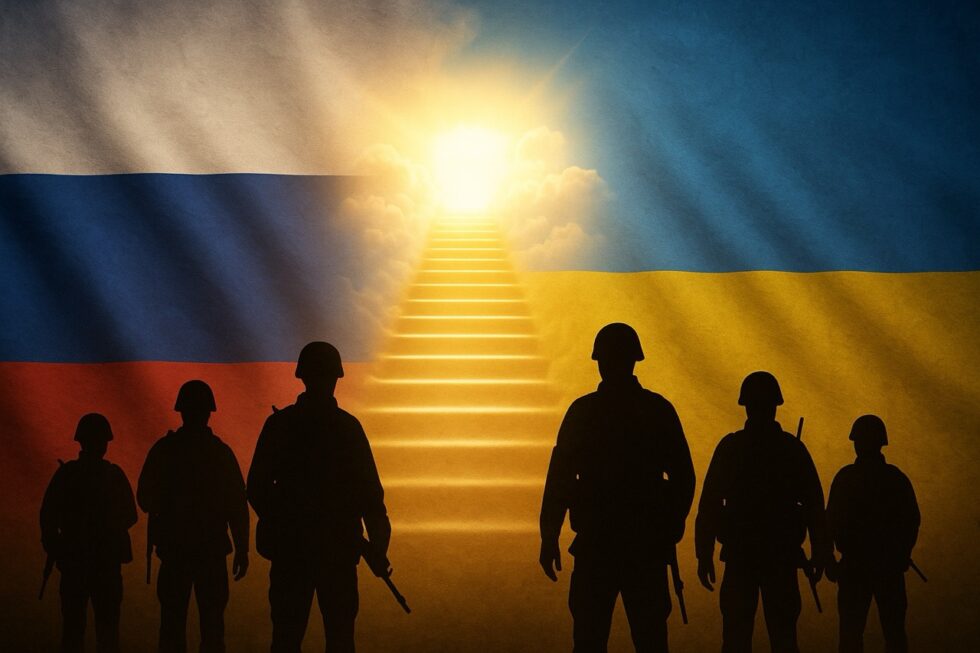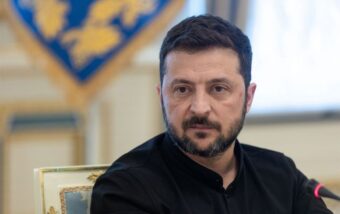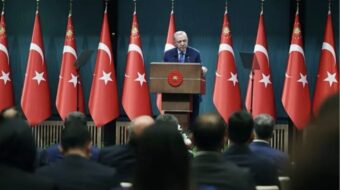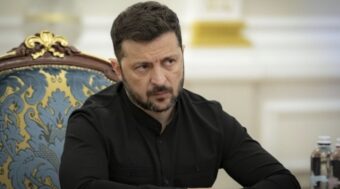Russia’s AI Heaven Videos: How Artificial Intelligence Glorifies War and Digitalizes Grief

In Russia, AI-generated videos of fallen soldiers are spreading rapidly, serving as digital memorials that mix grief, patriotism, and ethical controversy. Families pay for clips in which their loved ones appear smiling, waving, or climbing glowing stairs into the sky. Prices start at around 1,500 rubles (€15), and demand is immense — hundreds of requests daily, with a waiting list stretching over months , reports G.Business citing the Meduza.
From a Private Experiment to a Mass Phenomenon
The woman behind the Telegram account, who remains anonymous, began experimenting with AI in 2023 using platforms like Stable Diffusion and Pika Labs. Initially, she created harmless clips in which people met younger versions of themselves. But in early 2024, her project shifted dramatically — she began producing videos for families of Russian soldiers killed in the war against Ukraine. The first free clips went viral within days. Within two weeks, she had received over 500 requests, mostly from soldiers’ mothers and wives.
How AI Makes the Dead “Speak”
For each video, the creator collects photos, social media posts, and voice recordings of the deceased. She then trains a multimodal AI to generate a lifelike digital model. Depending on the price, the level of realism varies:
- Basic (€15): a waving or smiling figure in a misty light.
- Extended (€30–40): short voice message or movement.
- Premium (€50+): interaction with relatives, angel wings, music, or cinematic effects.
Each clip lasts 30–60 seconds, and production takes up to two days. Due to the flood of requests, the woman now reportedly employs several assistants.
Between Consolation and Propaganda
While many Russian families view these AI videos as a last emotional link to their lost loved ones, ethicists and media scholars warn of the dangers of manipulation. The clips, often featuring smiling soldiers with fluttering flags and orchestral music, turn death into an aesthetic experience — a digital glorification of sacrifice.
According to Meduza and Ukrainian analysts, this trend transforms individual grief into a collective myth of heroism. Experts describe it as a “new era of emotional propaganda,” where artificial intelligence not only creates images but also constructs meaning. Digital mourning replaces authentic remembrance, romanticizing war and elevating fallen soldiers into symbols of national pride.
Social Reactions in Russia
Public opinion in Russia is sharply divided. On Telegram, VKontakte, and Odnoklassniki, the videos circulate widely, gathering millions of views. Many users describe them as a source of comfort and gratitude, thanking the creator for “showing the spirit of the heroes.” In pro-war communities, the clips are hailed as patriotic art and a “holy tribute to Russia’s immortals.” Some local outlets have even called them “sacred digital art of the 21st century.”
Others are appalled. Critics call the videos creepy, unholy, and morally disturbing. Orthodox priests have condemned the practice, warning that “resurrecting the dead through technology” violates divine law — life and death, they say, belong only to God. Church representatives fear that such practices could blur spiritual boundaries and emotionally exploit the grieving.
Legally, the phenomenon remains in a grey zone. Russia lacks any clear laws regulating deepfakes or AI-generated content involving deceased persons. A draft bill on protecting the “digital identity of the deceased” has stalled in the Duma. Legal experts note that misuse is almost impossible to prove — for example, when images are used without a family’s consent.
In this moral vacuum, digital mourning has become a mirror of Russian society — torn between patriotic devotion, religious condemnation, and technological fascination.
Digital Mourning as a Mirror of a Divided Nation
The creator insists she only wants to help families “make their love visible.” She rejects accusations of political motives, describing her work as “a bridge between pain and memory.” But according to media researcher Alexei Kusnezov in Riga, the phenomenon marks the rise of a new emotional economy: “Russia’s AI videos turn death into data and grief into a product.”
What began as an act of private mourning has evolved into a cultural movement that reflects a nation’s contradictions. In a country where open criticism of war is banned, digital stairways to heaven have become symbols of a society that romanticizes death — because it can no longer mourn it.
Stay connected for news that works — timely, factual, and free from opinion. Learn more about this topic and related developments here: Sarah Mullally becomes first woman to lead the Anglican Church





